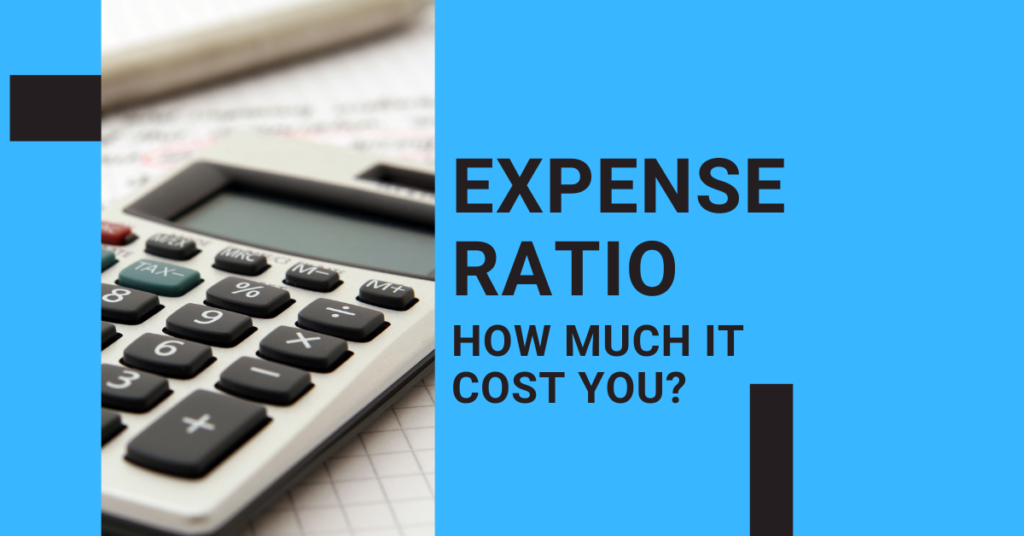

You also may think of expense ratio effects as a haircut of sorts in your annual performance. We also included the dollar amount and percentage loss from the various expense ratios at the bottom of the table. The dollar amounts listed under each expense ratio amount indicate what your balance would be after the expense ratio is assessed each year. The 5% gain column is what your balance would be after each year without incurring an expense ratio. In the example outlined in the table below, let’s say you invest $1,000 into a fund with an average annualized gain of 5%.Ī Look at How Expense Ratios Can Impact Your Returns Year To get a sense of how much you lose from an expense ratio, let’s consider the number in real dollars. Of course, the higher the expense ratio, the bigger the cut it takes. Since the expense ratio is deducted from your assets, it reduces your returns throughout the year and over the fund’s lifetime. There’s also something called a 12b-1 fee, or distribution fee, which some funds charge to pay for marketing to new investors. If the fund is actively managed, the bulk of the expense ratio will go toward the investment advisory fee. Included in the expense ratio are the costs of running the fund, from operations to administration, with small charges for accounting, legal, custodial or other service costs. If you invest in a $1,000 fund with a 1% expense ratio, you would pay $10 for that fund’s expense ratio fees in the first year.

$1K $5K $25K $50K $100K $250K $1M $5M Find a Financial Advisor What is an expense ratio?Ī fund’s expense ratio accrues daily as an annual fixed percentage of your invested assets - for example, 1% or 0.70% of your assets.


 0 kommentar(er)
0 kommentar(er)
